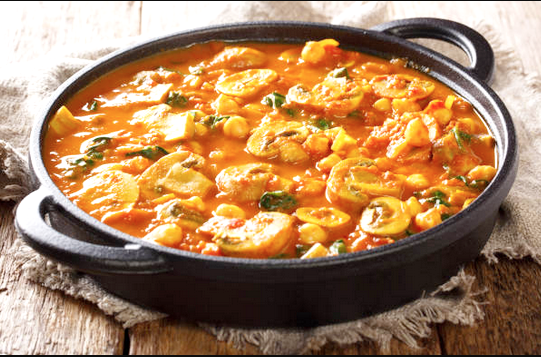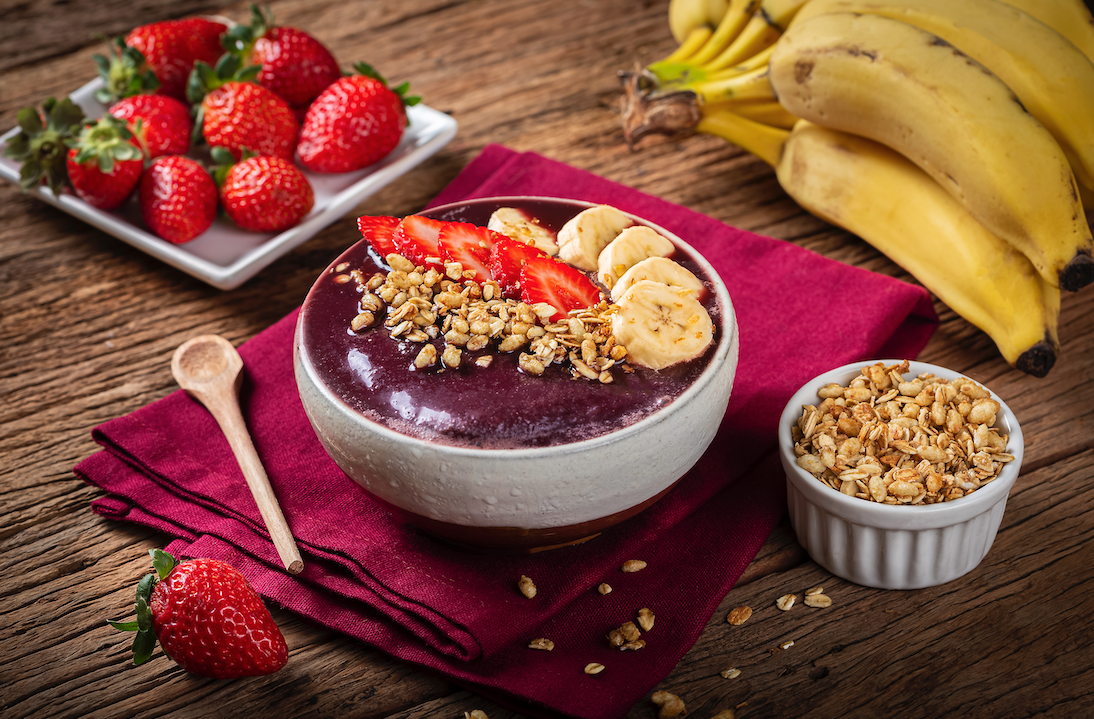
Dill
Great helper in kitchen proved to be effective household remedy for a wide range of digestive and other health problems. It’s has slightly tangy flavor and it’s being used recipes across the world.
Usage
Heart disease & stroke
Flavonoids in dill reduce the risk of heart disease and stroke.
Liver
Dill extract displayed a potential positive effects on liver.
Weight Loss
Dill has detoxifying compounds and can promote weight loss.

How to add dill to your diet?
In Meal
Dill can be used as garnish for soups or roasted vegetables, in salads, yogurt-based dips etc.
Morning Drink
Add dill to smoothy or green tea to boost metabolism levels.
As a Supplement
Available in liquid extracts, capsules, and powders.
Dill has been extensively used as traditional herbal medicine by Native Americans for carminative, diuretic, soporific, and galactagogue therapeutic purposes.
In Asian traditional medicine, dill is known as a digestive.
In Persian medicine it was used as hepatotonic herb.
In Europe dill is used to treat gastritis, enteritis, diarrhea.
About
Anethum graveolens is an aromatic common edible herb that belongs to the Umbelliferae family. It has various vernacular names; for example, it is known as shevid in Iran, Suva bhaji and Sadakuppai in India, shwit in Iraq, shi luo in China, kopar in Bulgaria, sıbıt in Turkey, and endro in Southern Brazil. The seeds and leaves of this plant are the main parts that are being used.
Science
Several experimental investigations have been undertaken in diverse in vitro and in vivo models. Some pharmacological effects of Anethum graveolens have been reported such as antimicrobial, antihyperlipidemic, and antihypercholesterolemic activities.
Seed extracts of A. graveolens L. have significant mucosal protective, antisecretory and antiulcer activities in mice. Dill fruit hydrochloric extract is a potent relaxant of contractions induced by a variety of spasmogens in rat ileum, so it supports the use of dill fruit in traditional medicine for gastrointestinal disorders. Crude extracts of A. graveolens, besides having strong anti-hyperlipidemic effects, can also improve the biological antioxidant status by reducing lipid peroxidation in the liver.
It has been reported that aqueous extracts of A. graveolens showed a broad-spectrum antibacterial activity against S. aureus, E. coli, P. aeruginosa, S. typhimurium, Shigella flexneri, and Salmonella typhii.
Composition
Anethum graveolens contains anethine, phellandrene, and d-limonene, and its leaves are rich in tannins, steroids, terpenoids, and flavonoids (Jana and Shekhawat, 2010). Dill seeds (fruits) contain up to 5% volatile oil, flavonoids, coumarins, xanthones, and triterpenes.
Safety
According to researchers, dill is generally safe, but in rare situations, it may lead to allergic reactions, vomiting, diarrhea, oral pruritus, urticaria tongue, and throat swelling. People who are allergic to carrots may experience an allergic reaction to dill. It is not recommended to use dill as a medicine during pregnancy or breastfeeding.
People with diabetes, who are taking lithium, and those undergoing surgery within two weeks should talk to their healthcare provider before using dill as a medicine.
Fun Facts
Dill is chewed to alleviate bad breath.
The plant is frequently given to cows to improve lactation.
Sources
Altameme, H. J., Hameed, I. H., & Hamza, L. F. (2017). Anethum graveolens: Physicochemical properties, medicinal uses, antimicrobial effects, antioxidant effect, anti-inflammatory and analgesic effects: A review. International journal of pharmaceutical quality assurance, 8(03), 88-91.
Al-Snafi, A. E. (2014). The pharmacological importance of Anethum graveolens–A review. International Journal of Pharmacy and Pharmaceutical Sciences, 6(4), 11-13.



